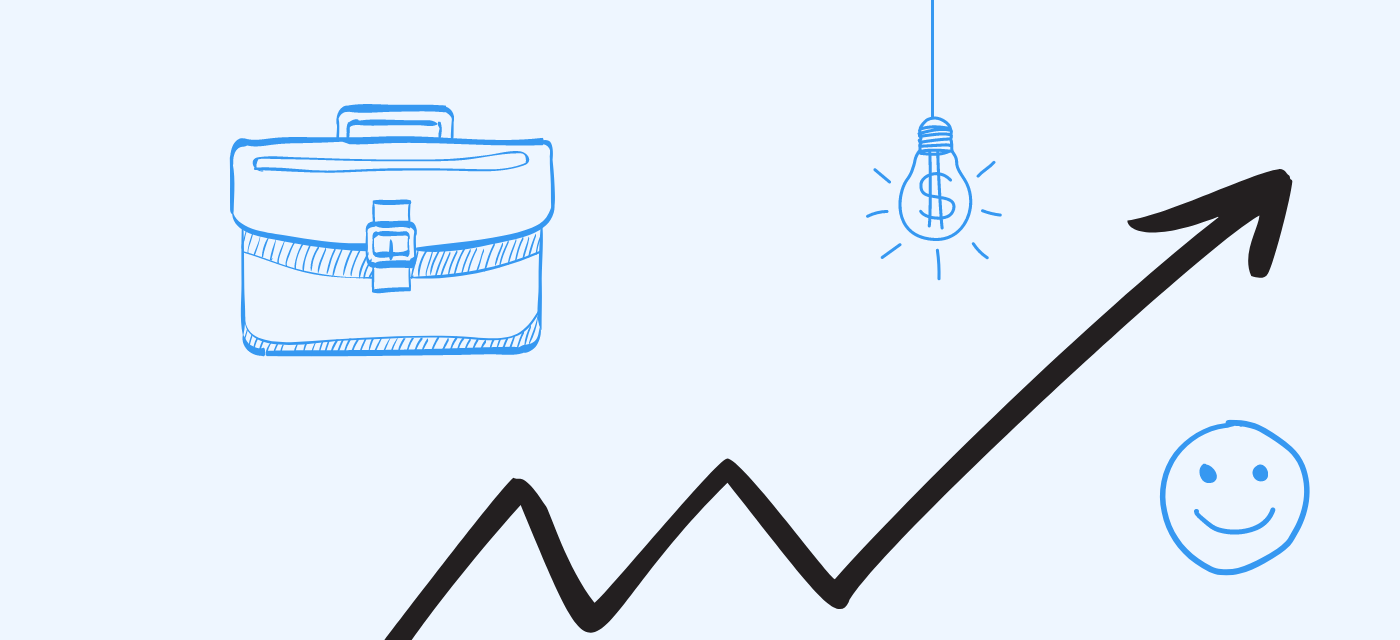A giant cheque and lots of tech — it’s the stuff of our geeky childhood dreams. Add a generous serving of Gelato Messina, and you can see why Australia’s HR Tech Summit was the place to be recently for the best and brightest in the business from Canva to Coca Cola.
An accessible tech talk series and conference by HRD full of cutting-edge insights, including from our very own Co-CEOs Stephanie Reuss and Victoria Stuart, we’re here to dish up the inside scoop on all things HR, innovation and tech to help you foster more flexible and high-performing cultures and drive innovation in 2023 and beyond.
Scoop #1: Do more (good) with less
One of the biggest challenges facing Australia’s top HR leaders is how to bridge the talent gap and get more done while the world seemingly teeters on the brink of recession. The reality is right now that the amount of work hasn’t diminished, but our resources have. The Great Reshuffle, 50% increases in people on sick leave, an exodus to long European vacays, and now hiring freezes and layoffs — the gap keeps getting wider as the velocity of work demands increase and there are less and less people available to do the work.
If operating lean is set to be the reality for the foreseeable future, how can we optimise what we do have in a constrained resource environment?
During the Summit, many organisations shared that their businesses are growing disproportionately to headcount with many people juggling multiple roles or wearing many hats. But no matter how good you look in a beret, simply ‘doing more with less’ is not the answer.
Source: Canva
So what can companies do to dial up their productivity and keep people engaged when they can’t bring in additional resources? Whether it’s a ‘Zero Wasted Potential’ people strategy suggested by workforce intelligence platform Reejig, or a platform like Beamible, we need to find ways to more ruthlessly prioritise. Effectively, we need to find ways to do more good with less.
Ruthless prioritisation means getting the most out of what we have by ditching the fluff and focusing instead on high-value tasks that actually move the dial, without compromising fulfilment.
Scoop #2: If we want to work more sustainably, we need scalable solutions
The benefits of tech-led scalable HR solutions were on everyone’s lips at the Summit. Colleagues like Ali Matar from Globalization Partners shared that companies can “leverage tech to stand out in the competitive talent market,” and Jason Portelli from ELMO Software reminded us that “taking data-led decisions is an important skill for every HR professional, especially when budgets are tight.” And Sripathi Chakkravarthi from Whatfix aptly identified that “more than ever, HR is expected to play a critical role in reshaping and setting up their organisations for success in the long term.”
Because here’s a not-so-sweet truth about our current reality: almost every person we speak to these days says they have too much to do and not enough time to do it. Every manager is doing more than one role. Every organisation has an overflow of work and not enough people to do it. Sound familiar? (#personallyattacked)
When your staff engagement surveys are consistently showing that workload is an issue, and people are quitting (quietly or otherwise), burning out or worse — you need effective and scalable ways to ‘fix’ the problem and make those fixes stick. Enter: tech-driven HR solutions and strategic role design.
At Beamible, when we talk about navigating the clash between global talent and capital shortages, and challenges with burnout, the ‘way’ that consistently proves the most effective, sustainable and scalable is a tech one that:
- Makes visible what work is being done to quickly and easily identify inefficiencies
- Organises work, people and cost data into actionable insights so you can design appropriate solutions
- Gives your organisation the ability to flex, adapt and respond in a world of uncertainty
“The crunch point for managers becomes the choice between losing people and the pressure to perform. The result? Attrition, burnout and low engagement, and HR is being asked, as always, to solve it.”
— Steph, Co-Founder, Beamible
It can be a big burden to carry, but thankfully there’s no need for guesswork anymore. When it comes to figuring out how to work more sustainably at scale, the good news is that we can have the metrics, data and insights we need to make better decisions at our fingertips. And, with the right tools, we can stop burnout at the source and re-prioritise workloads to make what’s on the ‘to-do’ list more manageable and doable, but also exciting.
Our team fulfilling the dream of accepting a giant cheque on stage for winning the Summit’s Tech Den Pitch Competition
Scoop #3: We need a better way to do workforce planning
Too many organisations are still using clunky, outdated and inefficient methods of workforce planning. So how are we getting it so wrong when we desperately need the right people in the right roles doing the right tasks at the right time? Ceredian thinks it’s because we need to do far more to build change-ready cultures, resilient leadership, and agile systems to prepare for disruption and any challenge that comes our way.
Workplace planning involves analysing your current plans and ‘crystal-balling’ your future ones to figure out how much people power and resources you need to make it happen, and planning accordingly.
Again, the answer lies to a large extent in scalable HR tech solutions. The way we see it, using a platform like Beamible or something similar (there’s nothing similar 😉) to conduct workforce planning means that you can:
- More effectively analyse and forecast supply & demand with capacity data
- Use both team and organisational level skill insights for restructuring
- Create a holistic view of your organisation for M&A due diligence
- Visualise potential organisational scenarios before implementation to save time and money
Until that crystal ball arrives, we have to invest in and nurture our ability to be adaptable, flexible, agile, and nimble enough to ride the bumps, no matter what the future holds.
Photo by Mitya Ivanov on Unsplash
Scoop #4: The future is flex (but you probs knew that already)
James Keene from Employment Hero put it perfectly when he shared that: “there’s two things we know for sure about the future of work — it will be powered by smart tech and it will be flexible”. Not only that, but he went on to share that “for [alternative] working models to succeed long-term, employers will need to find digital solutions to support communication, management and company culture.” We couldn’t agree more.
In our experience, few things erode trust, and therefore efficiency, more than inconsistent and unclear communications, especially when it comes to putting in place new working arrangements like flexible, hybrid, remote or d) all of the above.
In fact, we’ve heard plenty o’ Halloween-worthy horror stories about flexible policies and plans instigated haphazardly during the pandemic that inadvertently created a hotbed of miscommunication and distrust about ‘what people were doing with their time’.
The most effective and agile organisations treat flexible working as the default, not something that will fade away over time.
By finding ways to create transparency and clarity on how flexible arrangements are going to ‘work’ and for people to be able to voice their needs (both managers and employees alike), we can maximise wellbeing, engagement and productivity, whilst still allowing for the organisation to reach its goals.
Photo by Gabby Orcutt on Unsplash
At the end of the day, we must not lose sight of what makes the modern workforce great, and that’s people. Of course, we also know that one of the keys to keeping people happy, and nurturing more inclusive, diverse, high-performing, and more highly engaged workforces is enabling flexible work at scale and using all the tools at our disposal to do it.
Hungry for more? (BYO gelato)
Repeat after us: flex 👏 is 👏 not 👏 a 👏 phase. It’s here to stay, and you better get on board! We’ll save you a waffle cone.





